
Canadian Thanksgiving vs. American Thanksgiving: Unpacking the Differences
When it comes to Thanksgiving, many people envision a holiday filled with family gatherings, turkey feasts, and expressions of gratitude. While this holds for both Canadian Thanksgiving and American Thanksgiving, these two celebrations have unique characteristics and histories that set them apart. In this article, we will delve into the distinctions between Canadian and American Thanksgiving, exploring their historical origins, date differences, cultural significance, food traditions, parades and celebrations, sports and entertainment, historical and cultural influences, political and national symbols, reflection on gratitude, and finally, summarizing the key differences and the shared spirit of thanksgiving.
1. Thanksgiving’s Origins
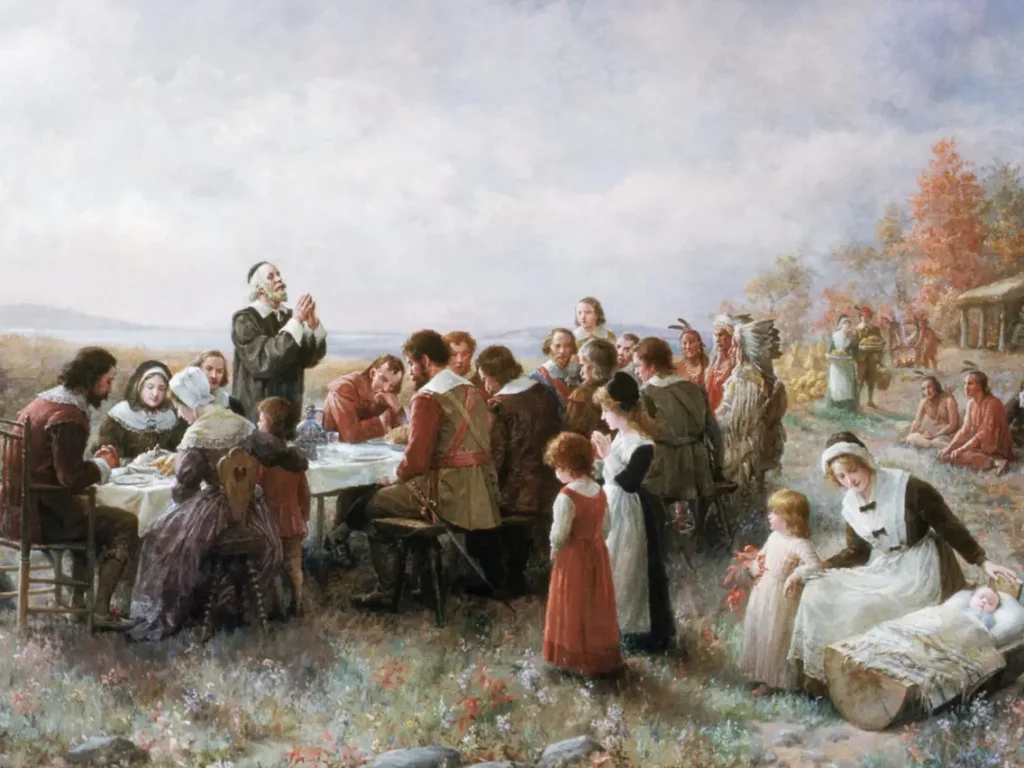
Pilgrim Roots of American Thanksgiving
American Thanksgiving has its roots in the Pilgrims’ feast in Plymouth, Massachusetts, in 1621. These early settlers, known as the Pilgrims, were joined by Native Americans who played a crucial role in the celebration, marking the beginning of this cherished tradition.
Tracing Canadian Thanksgiving’s Beginnings
In contrast, Canadian Thanksgiving has its origins linked to explorers like Martin Frobisher and Samuel de Champlain. Frobisher celebrated a Thanksgiving feast in 1578, while Champlain held an event in 1606, long before the Pilgrims’ arrival.
2. Date Differences

The most noticeable distinction between the two holidays is their timing:
Canada’s October Second Monday
Canadian Thanksgiving falls on the second Monday in October, perfectly aligning with the harvest season. This date reflects Canada’s climate and agricultural cycle.
America’s November Fourth Thursday
On the other hand, American Thanksgiving is observed on the fourth Thursday in November. This date is associated with President Abraham Lincoln’s proclamation during the Civil War era.
3. Thanksgiving’s Cultural Significance

Both holidays hold deep cultural significance:
Family Gatherings and Thankfulness
Thanksgiving in both countries centers around family gatherings and expressing gratitude. It’s a time for reflection, togetherness, and feasting.
Cultural Importance in Both Nations
Both celebrations symbolize unity and thankfulness, though they have evolved in distinct ways. These holidays remain a testament to the importance of appreciating one’s blessings.
4. Tasting Tradition: Thanksgiving Foods
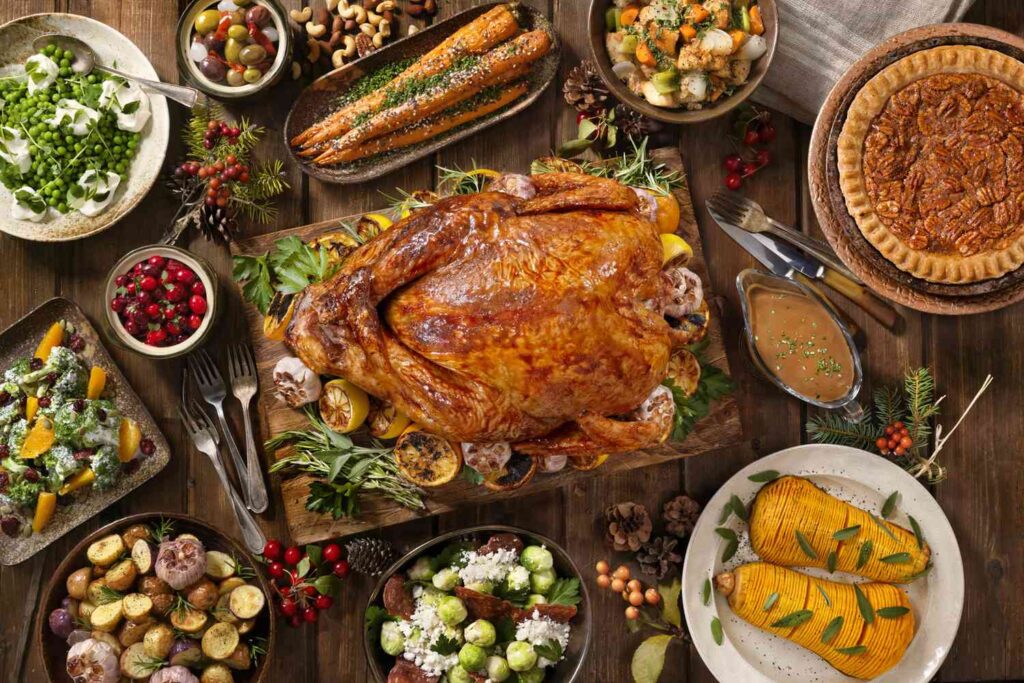
Traditional dishes are at the heart of both Thanksgivings:
Comparing Classic Thanksgiving Dishes
Both nations embrace turkey, stuffing, cranberry sauce, and pumpkin pie as staples of their Thanksgiving feasts. However, regional variations in dishes exist within each country, reflecting local culinary traditions.
Speaking of food, check out our two articles on the best top restaurants in Ontario.
The Top 10 Restaurants in Vaughan, Canada: A Culinary Journey
10 Exquisite Restaurants in Oshawa That Will Satisfy Your Culinary Cravings
5. Parades and Celebrations

Iconic Macy’s Thanksgiving Day Parade
In the United States, the Macy’s Thanksgiving Day Parade is an iconic tradition. It features giant balloons, floats, and performances, captivating audiences nationwide.
Canadian Celebrations Worth Noting
Canada also hosts various parades and events to mark Thanksgiving, though they may not be as globally renowned as the Macy’s Parade.
6. Thanksgiving Sports and Entertainment
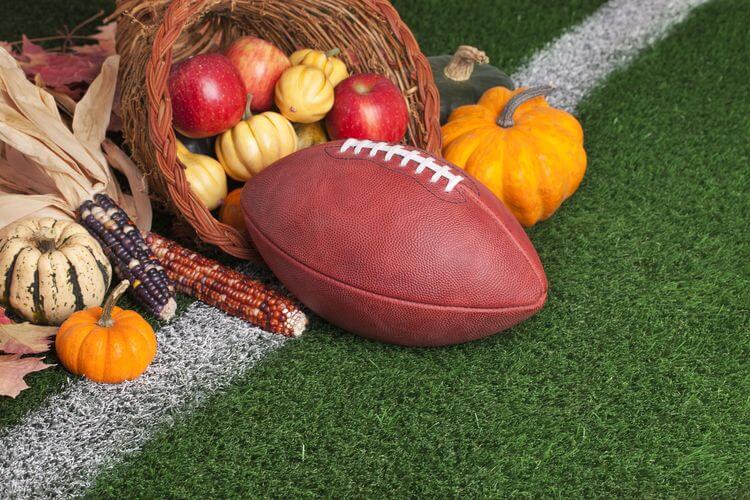
Football’s Role in American Thanksgiving
American Thanksgiving is synonymous with football games, particularly NFL matches. Millions of Americans tune in to watch these games, making it a cherished part of the holiday.
Canadian Thanksgiving’s Sporting Flair
While Canadian Thanksgiving isn’t as football-focused, Canadians enjoy various sports and entertainment options during the holiday, bringing their unique flavor to the festivities.
7. Shaping Thanksgiving: Historical and Cultural Influences
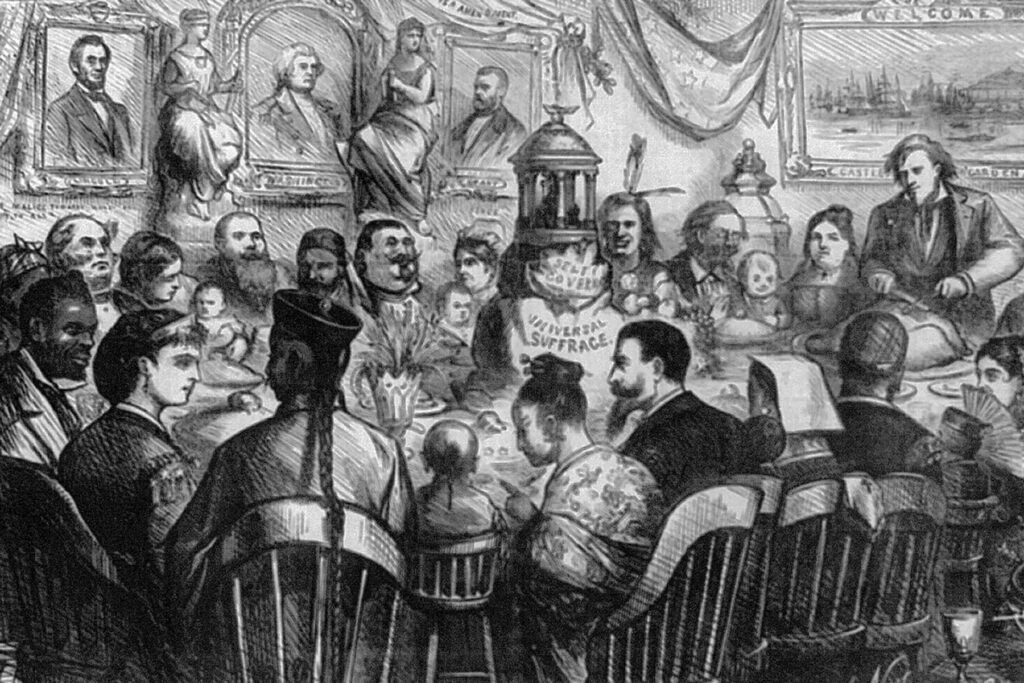
Impactful Historical Events
Historical events have played a significant role in shaping the distinct characteristics of Canadian and American Thanksgivings, reinforcing their historical narratives.
Immigration, Diversity, and Cultural Blends
Immigration patterns have enriched both celebrations with diverse customs and cuisines, adding depth to the Thanksgiving experience in both nations.
Indigenous Influence on Both Holidays
Indigenous cultures have also played a significant role in shaping Thanksgiving traditions in both Canada and the United States, fostering cultural appreciation.
8. Thanksgiving’s National and Political Symbolism
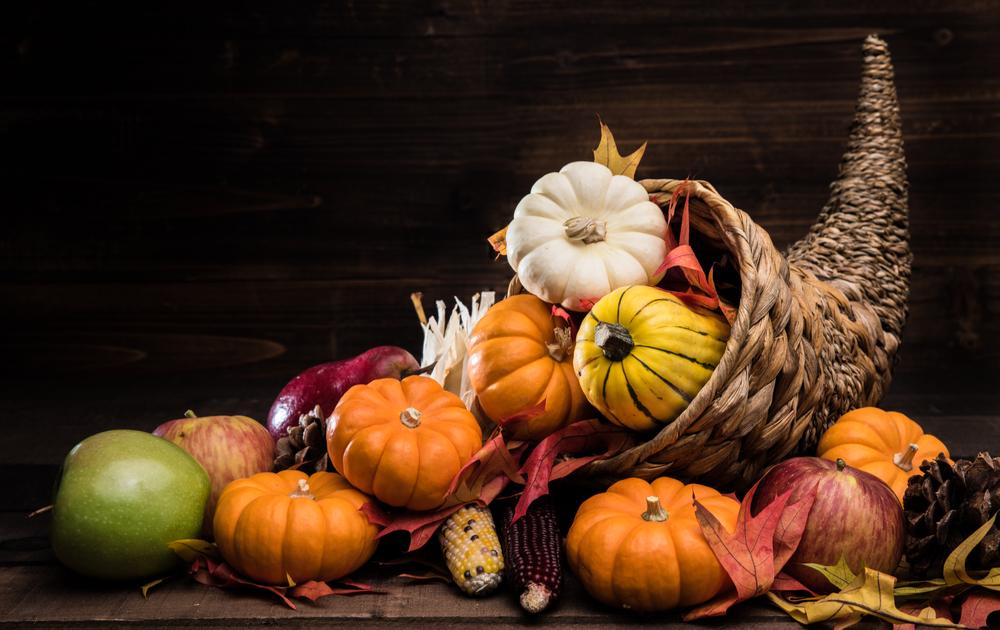
National Identity and the Thanksgiving Link
Thanksgiving is often linked to national identity and values in both nations, serving as a reminder of shared history and cultural heritage.
Political Figures’ Participation in the U.S.
In the United States, American presidents often participate in Thanksgiving events, emphasizing the holiday’s significance in the national narrative.
9. Thanksgiving: A Reflection on Gratitude

Expressing Thanks: A Shared Theme
Reflection on gratitude is a shared, core theme during both Canadian and American Thanksgiving celebrations. These holidays serve as poignant reminders for individuals and families to come together and express their appreciation for the blessings in their lives. Whether through heartfelt stories, prayers, or acts of kindness, the act of giving thanks underscores the importance of acknowledging the abundance and goodness that surround us. In a fast-paced world, these moments of reflection on gratitude foster a sense of mindfulness and connection, emphasizing the enduring value of appreciation and thankfulness.
10. Conclusion
Summarizing the Key Differences: While Canadian and American Thanksgiving share common themes of gratitude and togetherness, their historical roots, timing, and traditions set them apart, creating two distinct yet equally meaningful celebrations.
Embracing the Spirit of Thanksgiving: Regardless of the differences, both holidays embody the spirit of gratitude, unity, and appreciation for the blessings of life.
Credits to the following articles for providing invaluable insights and contributing to the creation of this comprehensive guide:
- Trafalgar – Canadian Thanksgiving
- Diffen – Thanksgiving in America vs. Thanksgiving in Canada
- Insider – Canadians Thanksgiving vs. American Ways They Are Different
- Western Union – Everything You Need to Know About Canadian Thanksgiving
- MTL Blog – Canadian Thanksgiving vs. American Thanksgiving
- CISM PH – 5 Ways Canadian Thanksgiving is Different from American Thanksgiving
- The Old Farmer’s Almanac – Ways Canadian Thanksgiving Differs from American Thanksgiving
- Wikipedia – Thanksgiving

